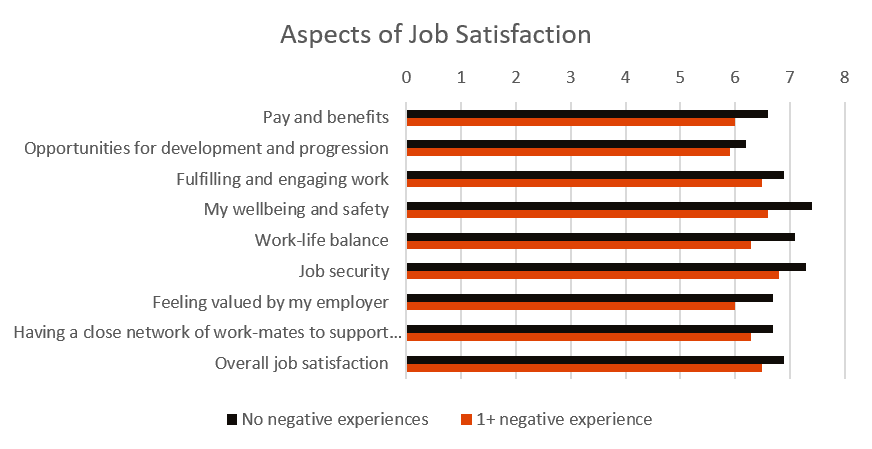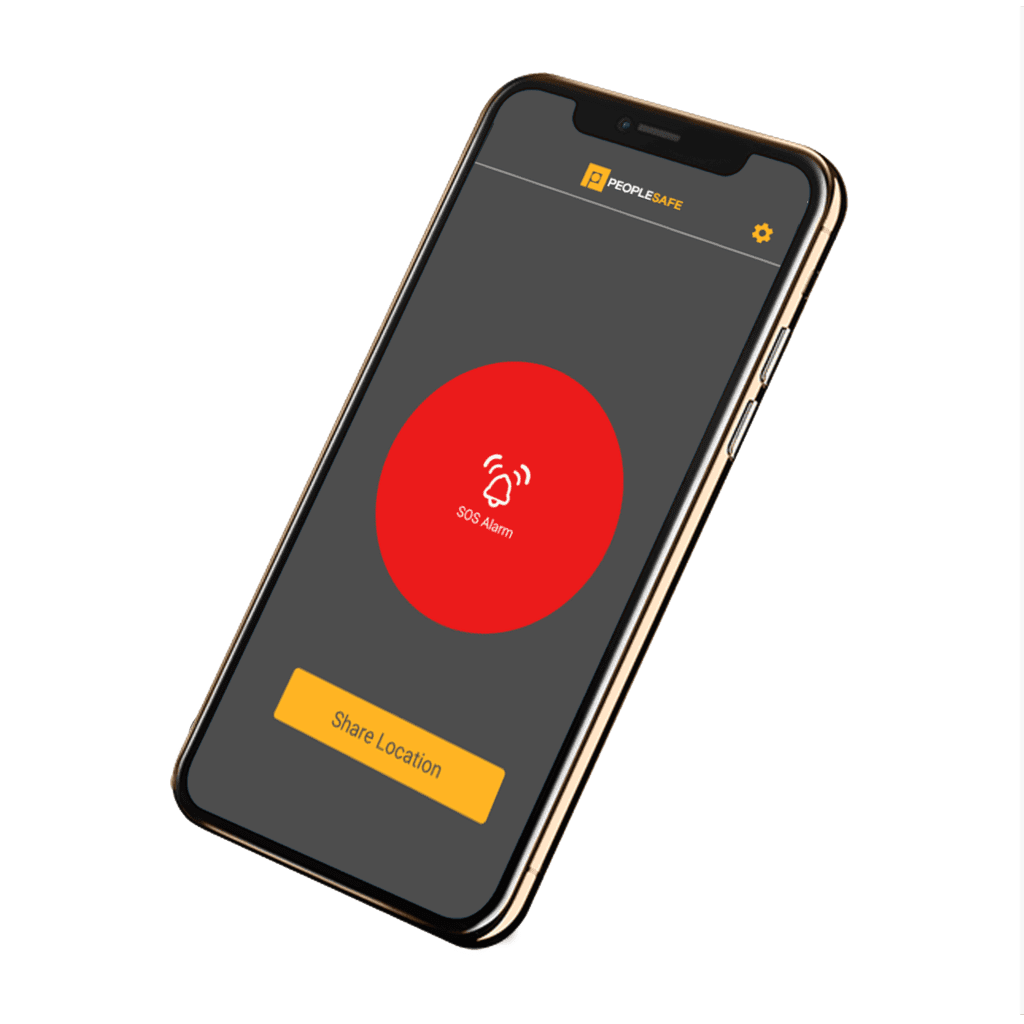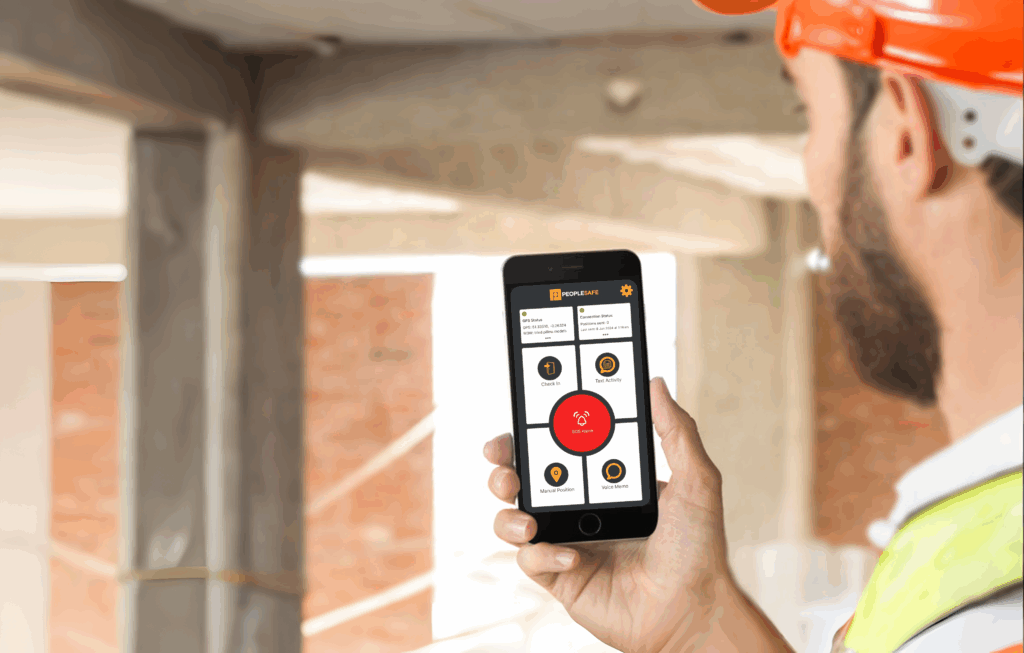Going Beyond Compliance For Employee Wellbeing
Under common law, UK businesses have a duty of care towards their workers, no matter how many employees they have, or the environment they work in. In the workplace, employers have a responsibility to take all reasonably practical steps to ensure the health, safety, and wellbeing of their employees.
The 1974 Health and Safety at Work Act made it a minimum legal requirement for employers to actively protect the health, safety and welfare of their staff, and this includes mental health. This legislation was further bolstered by The Management of Health and Safety at Work Regulations Act of 1999, which requires employers to carry out assessments to mitigate risk to the health and safety of their staff. Following the risk assessment, employers have the duty to identify preventative and protective measures to reduce risks. This includes risks to mental health such as workplace stress.
The reasonableness of a protective measure can be determined by considering the potential risk of harm to the employee compared to the cost and practicality of putting the safety measure in place.
Compliant employers follow the rules. But it’s the smartest employers that realise healthy, happy, motivated, and focused staff – who feel safe and appreciated – can improve overall business performance. They also acknowledge that achieving this will require going beyond basic compliance.

Indeed, there is now a high degree of expectation amongst a younger and emerging workforce that goes well beyond these basics. The rise in importance of the Employee Experience (EX) signifies a shift from the traditional employer/worker relationship model to a much more holistic and individualised approach.
The companies and brands who are investing in a positive employee experience and culture that supports physical and mental wellbeing are discovering that this generally results in a more engaged workforce. Best-selling author and keynote speaker on the future of work and employee experience, Jacob Morgan, believes that companies that invest in EX are likely to be four times more profitable than those that do not. A positive employee experience is proven to boost productivity, reduce staff turnover and improve customer experience.
How to promote employee wellbeing
Employee wellbeing has become a bigger focus at board level with many employers considering workplace wellbeing initiatives as a crucial part of their people strategy. Similarly, 62% of respondents to a study conducted by Paychex agreed that employee wellbeing support and benefits are a top priority when considering their next job.
Employee wellbeing refers to the state of employees’ physical and mental health and concentrates on less tangible factors like their mood and cognition. There are several initiatives that organisations are already using to promote employee wellbeing in the workplace:
- Provide an Employee Assistance Programme (EAP) – Offers confidential counselling that can be accessed virtually to help with personal or workplace problems that are affecting their wellbeing.
- Introduce wellbeing-based employee benefits – Include benefits that enable employees to take control of their own physical, mental and financial health (e.g. discounted gym memberships, salary sacrifice schemes or free meditation apps).
- Reward and recognise great work – Recognition for a job well done can increase confidence and make people feel more valued – both are important for mental wellbeing.
- Tweak the working routine – Hybrid working has allowed millions of people to work more flexibly. Where possible, trust staff to craft a routine that maximises their working styles and preferences.
Personal safety and employee wellbeing
There is a strong argument to suggest that companies could enhance employee wellbeing and improve productivity simply by bolstering employee feelings of safety.
A recent study conducted by Peoplesafe discovered that employees who experienced a negative event at work were statistically less satisfied in their job in all areas, from pay and benefits and job security, through to work-life balance and feeling valued by their employer.

Implementing processes and solutions that encourage safe operations and limit negative experiences at work will positively impact employee wellbeing and overall experience.
Going beyond wellbeing compliance
To date, there is no official legislation or guidance that places responsibility on the employer to protect their employees outside of work – not even during their commute. Despite this, over half of workers (51%) believe that their employer has a duty of care to them outside of working hours.
Many employees feel concerned and vulnerable before and after work. To protect staff from situations that make them worried about their safety, greater protection must be given to employees at times adjacent to their working hours.
This would help to address concerns of workers travelling to and from work, particularly during unsociable hours and in unsafe areas. Supporting employees at these times would give them peace of mind that they have a means to access help should they need to, improving their wellbeing by making them feel more safe, secure and protected.
While this is yet to be a requirement to meet legislation, protection outside of work is something that workers increasingly expect. In this sense, going beyond compliance would only be meeting the current expectation for over half our workforce.
Rolling out a personal safety app
The demand and desire to feel safe is growing with people taking the matter into their own hands. In just five months during 2021, over 600,000 free safety apps were downloaded.
Using a service like this has proven to make people feel comforted and more confident just by having something in their pocket should they need it. However, free personal safety apps have a number of flaws.
Research published by BMC reported them as being unreliable, not working as described, and/or having features that could be exploited. Additionally, free versions rely on family and friends to react in an emergency situation and lack the ability to connect to the emergency services directly.
Businesses looking to roll out a personal safety app or personal safety alarm service for their teams need it to be centrally managed, scalable and compliant with personal data processing and storage. Free safety apps are designed for the B2C market and are not fit for purpose as a workplace perk.
Peoplesafe SOS App
The Peoplesafe SOS App is an enterprise-grade personal safety app that can be provided at scale to businesses of all sizes. The app is supported by the 24/7 Peoplesafe Alarm Receiving Centre (ARC) which is staffed with expert Controllers dedicated to answering personal safety alarms.
Every alarm raised by the SOS App is handled by trained professionals whether it is 3 o’clock in the afternoon or the morning. Thanks to our accreditations, ARC Controllers have direct access to police control rooms via Unique Reference Numbers (URNs), allowing them to direct help to the user’s location faster than dialling 999.
Download eBook
Each user has their own secure personal profile stored on Nexus which houses personal information and escalation processes. When an alarm is raised, the ARC Controller is served with this profile and the phone’s GPS location so that they know:
- who is raising the alarm,
- where they are,
- how to handle the alarm, and
- any important information that the emergency services need to know (e.g. user is diabetic or has previously suffered a heart attack).
As standard, the audio from all SOS alarms is recorded and securely stored. If needed, the audio file can be submitted as evidence to be used in court to support the prosecution case.
Benefits of investing in employee safety
It is well documented that mentally healthy workplaces lead to increased motivation and productivity driving higher profit margins and reducing absenteeism. Effective health and wellbeing programmes have demonstrated significant opportunities for real return on investment.
Improving measures of employee safety beyond compliance demonstrates how much an employer values their workers. Our research into employee safety highlighted that nearly half (48%) of employees would see their employer in a better light if they were provided with a personal safety solution, enhancing brand reputation.
Safety concerns are having an impact on staff turnover with 22% of workers saying that personal safety played a part in them leaving a role. Offering a personal safety app as part of the job package could be an untapped retention tool to keep hold of existing workers, as well as being a key differentiator when attracting new talent in a crowded and competitive market.
The Society for Human Resource Management (SHRM) estimate the cost to replace a salaried employee is 6-9 months of their salary. The Peoplesafe SOS App can cost as little as a cup of coffee per month. Providing a solution that supports employee safety during and outside of working hours can help to reduce staff turnover, making it more cost effective.
Calculate how much you could save on recruitment and retention by implementing a personal safety service:





